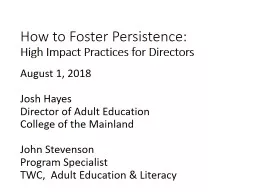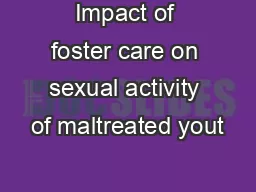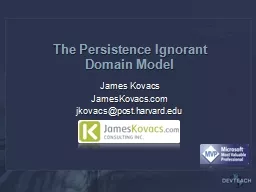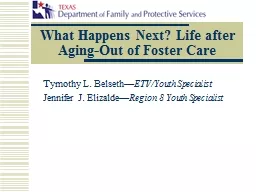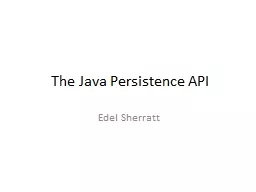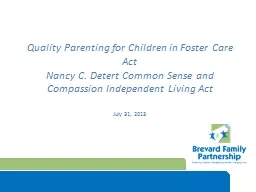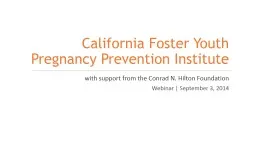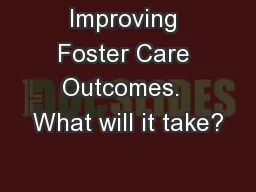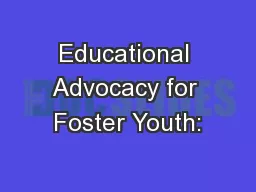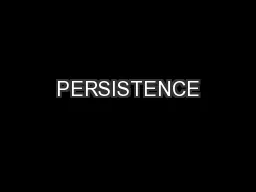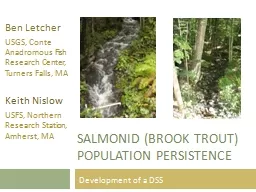PPT-How to Foster Persistence:
Author : faustina-dinatale | Published Date : 2018-09-29
High Impact Practices for Directors August 1 2018 Josh Hayes Director of Adult Education College of the Mainland John Stevenson Program Specialist TWC Adult Education
Presentation Embed Code
Download Presentation
Download Presentation The PPT/PDF document "How to Foster Persistence:" is the property of its rightful owner. Permission is granted to download and print the materials on this website for personal, non-commercial use only, and to display it on your personal computer provided you do not modify the materials and that you retain all copyright notices contained in the materials. By downloading content from our website, you accept the terms of this agreement.
How to Foster Persistence:: Transcript
Download Rules Of Document
"How to Foster Persistence:"The content belongs to its owner. You may download and print it for personal use, without modification, and keep all copyright notices. By downloading, you agree to these terms.
Related Documents

